Overview for Speaker Magnet
Speakers are everywhere, but few people understand the tiny powerhouse inside them: the magnet. Knowing how it works can help anyone make smarter product choices.
Yes, speakers use permanent magnets to convert electrical signals into sound. These magnets interact with the voice coil to move the diaphragm, creating sound waves.
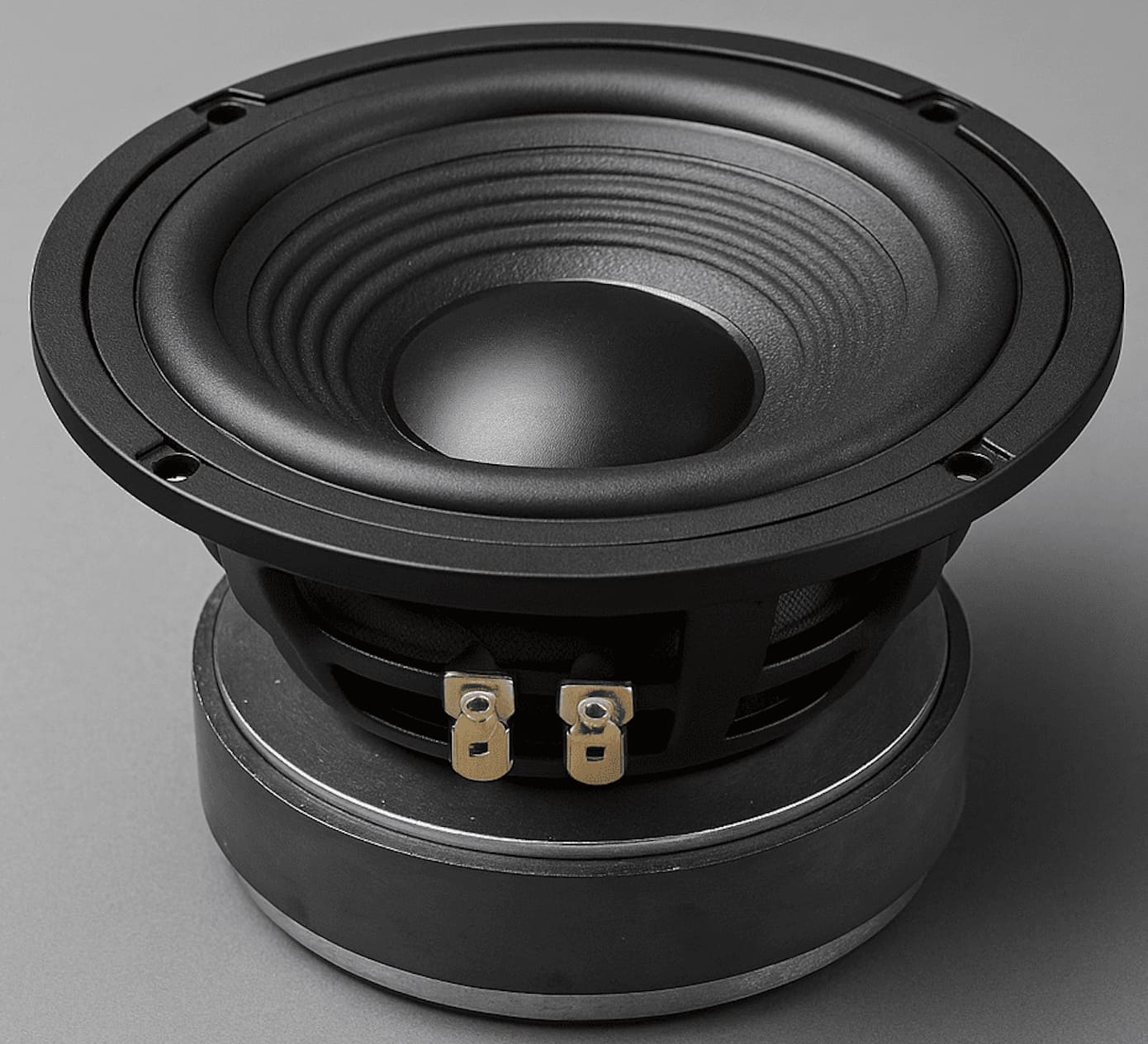
Speaker magnet
To really understand how speakers function, we need to break down the role of the magnet and how it interacts with other components inside the speaker.
Do speakers use permanent magnets?
Magnets might not be visible, but they are the silent force behind every beat you hear. Most people overlook their importance.
Yes, permanent magnets are essential in speakers. They help transform fluctuating electrical signals into audible sound by interacting with the voice coil.
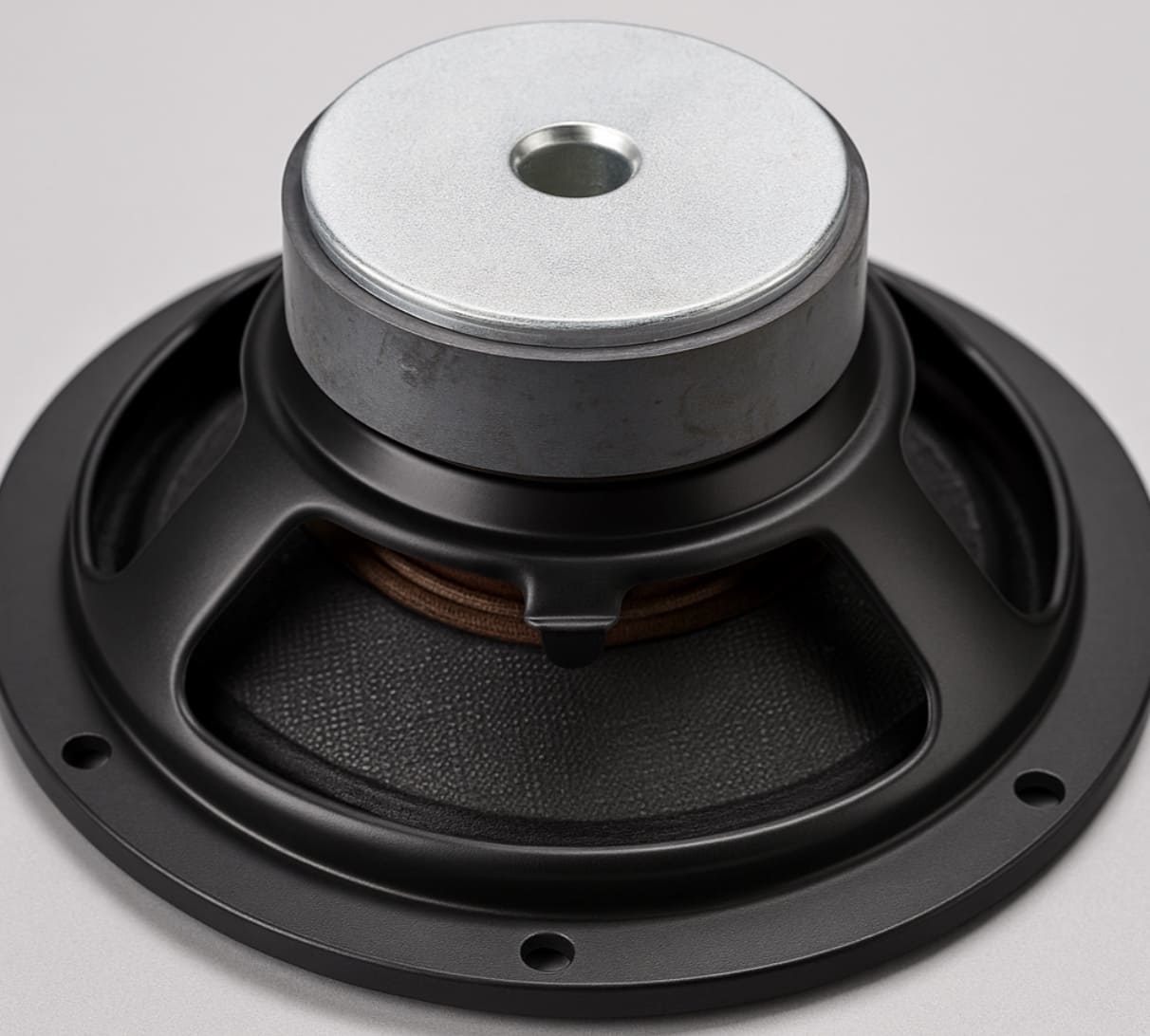
permanent magnet in speaker
The Role of the Magnet in a Speaker
When an electrical signal flows through a speaker’s voice coil, it creates a magnetic field. This field alternates with the input signal. The voice coil is suspended in the magnetic field of a permanent magnet. The interaction between these two fields causes the voice coil, and attached diaphragm, to move back and forth. This vibration produces sound.
The most common magnets used in speakers are permanent magnets because they don’t require continuous power. This makes the design simpler and the operation more efficient. Without a strong and stable magnetic field, the voice coil would not move predictably, and the sound would be distorted or weak.
Why Permanent Magnets?
Permanent magnets maintain a constant magnetic field without external input. That’s crucial in speakers, where reliable movement is needed to reproduce sound accurately. Their strength, compactness, and reliability make them the default choice in speaker manufacturing.
Can speakers work without magnets?
You might wonder if magnets are replaceable. What if we built a speaker without them? Could it still create sound?
No, traditional speakers need magnets to function. Without a magnetic field, the voice coil cannot move, and sound cannot be generated.
Why Magnets Are Irreplaceable
The core principle of a speaker is electromagnetic induction. The interaction between the current in the voice coil and the magnetic field causes movement. Without the magnet, this electromagnetic interaction would not occur. The voice coil would remain static, and the diaphragm wouldn’t vibrate.
There are some alternative sound technologies, such as piezoelectric or electrostatic speakers, which don’t use traditional magnets. However, these are rare and often used in niche applications. For most practical, affordable, and mass-produced speakers, magnets remain essential.
Are There Workarounds?
Some research is looking into ways to replace magnets with materials that react to electrical charges or use entirely different mechanisms. But these are still under development and not commercially viable. For now, magnets are a must.
Which magnet is better for speakers?
If magnets are so important, the next logical question is: which one should we use? That depends on the sound, budget, and environment.
Neodymium magnets are best for compact, high-performance speakers. Ferrite magnets are more cost-effective and work well for general applications.
Comparing Magnet Types
There are four main types of magnets used in speakers: Neodymium (NdFeB), Ferrite (Ceramic), Alnico, and Samarium-Cobalt (SmCo). Each type has strengths and limitations.
| Property | Neodymium (NdFeB) | Ferrite (Ceramic) |
|---|---|---|
| Strength | Very High | Moderate |
| Cost | High | Low |
| Weight | Light | Heavy |
| Size | Compact | Bulky |
| Temp Tolerance | Moderate | High |
Neodymium is the strongest commercially available magnetic material. That allows manufacturers to produce smaller, lighter speakers without sacrificing performance. This is especially important in earbuds, laptops, and portable audio systems. The downside is cost and sensitivity to heat. Neodymium also requires protective coating to avoid corrosion.
Ferrite magnets are widely used because they’re cheap and perform well in many standard speaker applications, like car audio systems and home theater setups. They handle heat better but need more space due to lower magnetic strength.
Niche Options: Alnico and SmCo
Alnico magnets are used in vintage-style or guitar amplifier speakers. They offer a warmer, more natural sound. SmCo is used in high-end, harsh-environment applications where temperature stability is crucial.
Conclusion
Speaker magnets turn electrical signals into motion. Without them, there would be no sound.


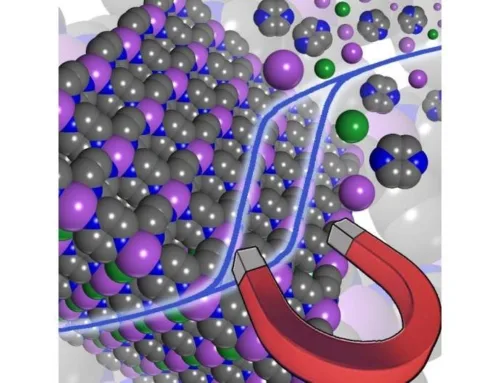
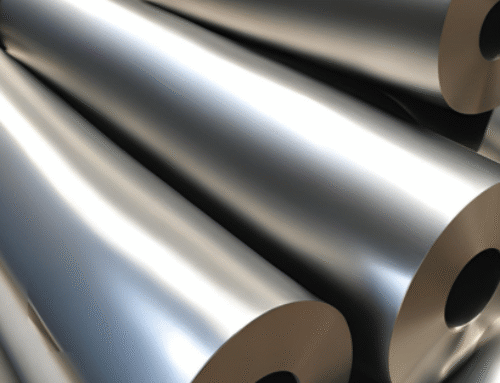
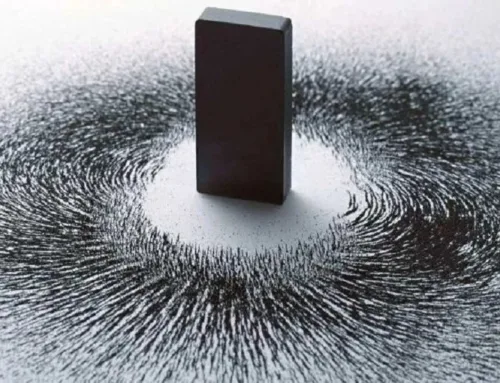
Leave A Comment